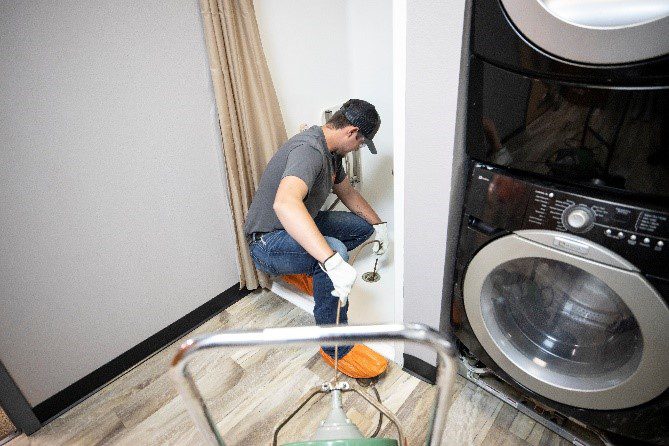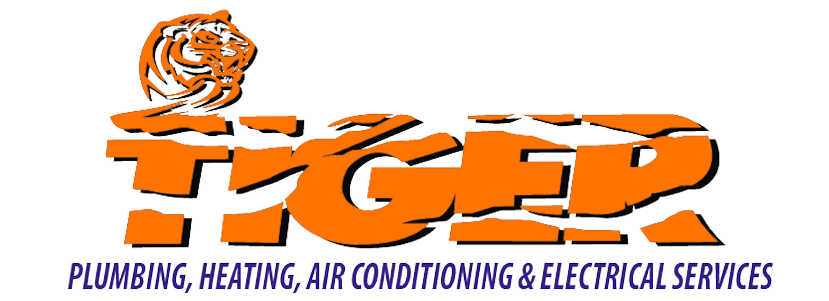The Basics of Drain Cleaning Devices – Tiger edition
When a drain backs up, you need to have a solution on hand. Sometimes waiting it out can allow for things to clear up but this is an extremely rare, though fortunate, event. Most times, you have to get in there and get it cleared yourself, before it gets worse or you’re left without a functioning bathroom, laundry room or kitchen.
Here are three main devices and methods used to clear a clogged drain:
Plungers

Most homes have at least one plunger on hand, sometimes more. If you’re relying on a plunger to clear your clogs, you need to be certain that you’re using the right type of plunger for the right fixture. Did you know that each design has a different purpose? Here’s what you need to know about the types of plungers.
The cup plunger, the most basic type, consists of a rubber cup at the end of a stick, with its open end used to seal the offending drain. Typically used for all drain types, the cup plunger is supposed to be used only for sink and shower drains, not toilet drains.
For a backed-up toilet, you have three options: flanged, beehive and tiered. The flanged plunger has a plug at the opening of the plunger to allow for better sealing and to prevent the plunger from inverting during use. The beehive plunger is shaped like a beehive with a wide middle and a taper down to the opening that’s placed in the drain. This tapered shape allows for various opening sizes to provide the best seal. The tiered plunger resembles its flanged counterpart but instead of a smooth plug, it’s tiered to provide a seal in various drain sizes, similar to the beehive design.
Augers
Another option for stubborn drain clogs is a drain auger, sometimes called a plumbing snake. This device consists of a metal cable and a head that’s used to grab onto and extract a stubborn clog. It can also be used to break a solid clump into pieces so it can be washed down. Augers can be manual or electrical, with the manual type being most common for home use.

Chemicals
While technically not a device, a drain cleaner can be used for stubborn blockages or ongoing maintenance. Just be careful not to choose a chemical that can damage your piping. Depending on the material and age of your pipework, you could cause more damage by using corrosive or reactive chemicals. Discuss your options with a professional to prevent a clogged drain from turning into a major repair job.
If you have concerns about whether your plumbing is prepared for spring and the coming warmer weather, give us a call or schedule service online. Our trained and certified technicians are here to take care of springtime plumbing issues and any other plumbing problems you may have.
Financing
Options
Winning Team






















